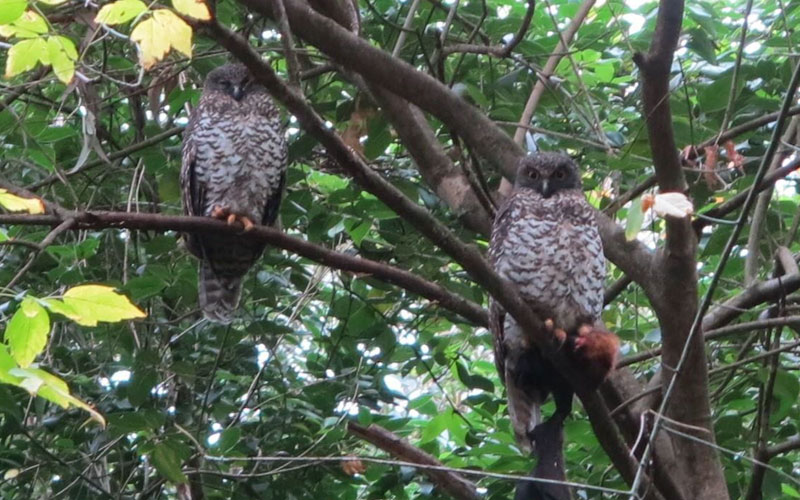Vegetation Management Plan
Hornsby Park Soil Trials
We are excited to share information relating to the successful soil trials completed as part of the on-going re-development of Hornsby Park. The trials provided us with crucial information needed to allow the enhancement of existing soils on site.
The soil testing, conducted at the former Hornsby Quarry site, is a key delivery component for the Vegetation Management Plan developed for Hornsby Park. We now know that we will be able to restore and improve the Park’s bushland, as well as create other vegetated areas, without the need to import any further soils, saving money, time and reducing the carbon footprint of the project.
Starting literally at the grass roots, we identified that imported soil from the NorthConnex project needed improvement if it was to be used for a growing medium for the establishment of vegetation on site.
In partnership with a local soil science consultancy, a comprehensive soil trial was conducted, aiming to determine the necessary measures required to enhance the existing site soils as an optimum plant growing medium, without the need for additional imports.
To assess the effectiveness of soil mixtures, we planted tube stock species in three combinations: in NorthConnex crushed sandstone, in volcanic weathered Breccia from site and in a 50% NorthConnex crushed sandstone/50% Breccia mix. The chosen plant species represented those that occur in the two plant community types found on site, being Blue Gum Diatreme Forest and Blackbutt Gully Forest.
Throughout the trials, various soil improvement treatments were applied, with data collected on soil chemistry, plant growth and overall plant health. The results played a pivotal role in the recommendations for soil improvements which have supported cost-effective, sustainable soil manufacturing on site.
We are committed to conserving and enhancing the biodiversity of the bushland at Hornsby Park. The great success of these soil trials has laid a literal foundation for this endeavour as we progress the project into its latter stages and welcome people, as well as wildlife, back to this treasured tract of bushland.
As we transform Hornsby Parkland it’s important that the creation of the recreational spaces is balanced with the conservation, rehabilitation and restoration of the surrounding bushland. In order to do this, the Vegetation Management Plan and Habitat Creation and Enhancement Plan (VMP) has been prepared to provide direction for ongoing native vegetation and habitat management of the site.
Through the implementation of the VMP, we will ensure the:
- Protection of the native vegetation onsite with specific reference to the unique Blue Gum Diatreme Forest and connection with Berowra Valley National Park
- Protection of existing fauna known and expected to occupy the area prior, during and post the earthworks
- Restoration and conservation of the connectivity of native vegetation and habitat corridors
- Establishment of native vegetation and associated ecological processes consistent with the surrounding plant communities, with particular emphasis in areas of major disturbance resulting from stabilisation works
- Establishment of an adaptive management program for the natural areas to ensure ecological condition is maintained and improved
- Improved integration of ecological management and habitat protection with the objectives of recreation pursuits such as walking and riding.
The VMP has been prepared in accordance with the NSW Department of Planning Secretary’s Environmental Assessment Requirements (SEARs) and Council’s biodiversity offset requirements. In addition, a Biodiversity Offset Strategy was prepared for the earthworks development application and identified the steps to be taken to avoid and mitigate the impacts from the earthworks and recommends that residual impacts are offset locally, on the site.
The VMP provides direction and details the activities that need to be implemented to comply with the requirements of the both the SEARs and Biodiversity Offset Strategy.

